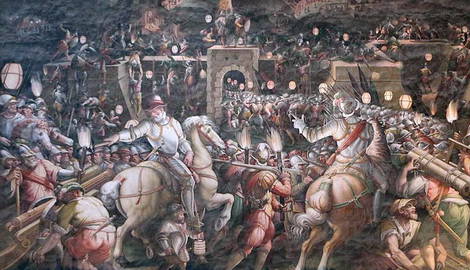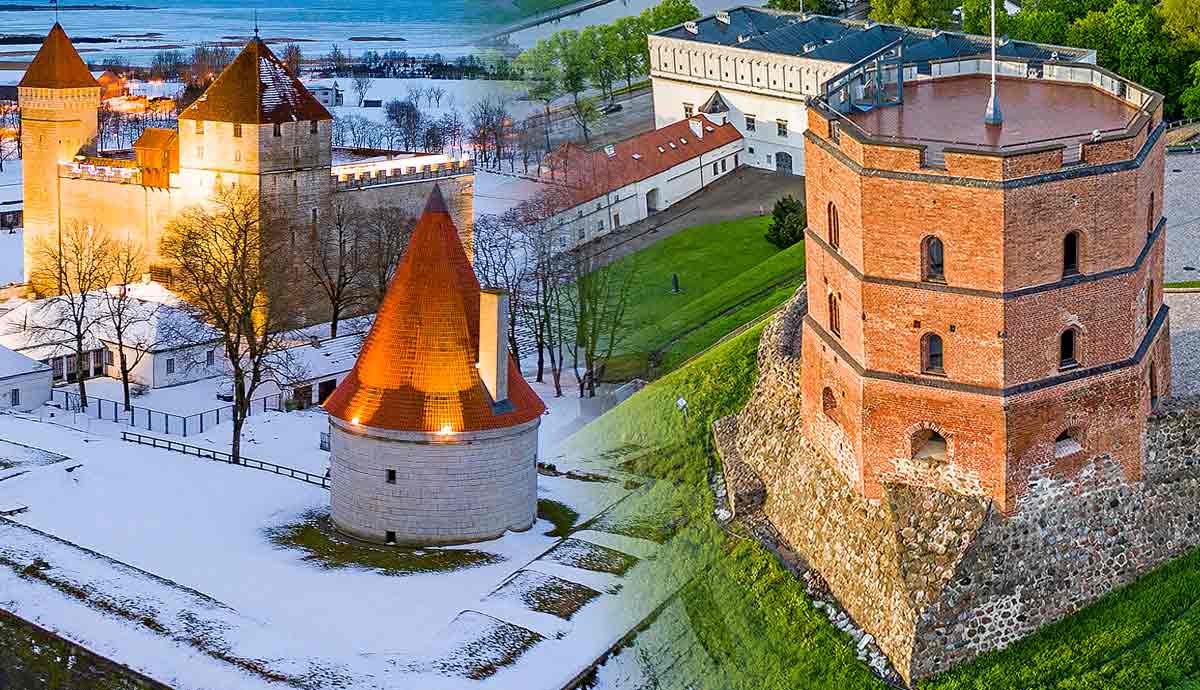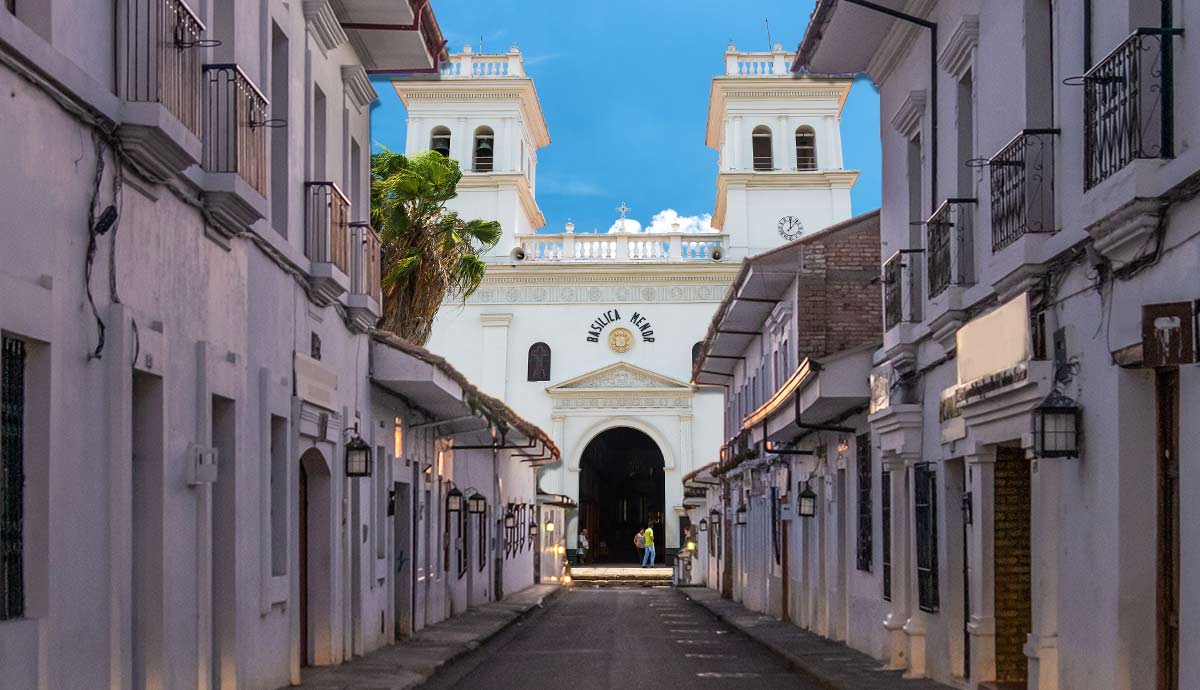
Florence, Italy, is where the Renaissance was born and where art changed forever. Known as the birthplace of this influential art movement, the historic Italian city is home to some of the world’s most renowned galleries, where masterpieces by the likes of Michelangelo, Botticelli, and Leonardo da Vinci come to life. Below, we’re listing some of Florence’s most significant art galleries that we believe you must visit at least once during your lifetime, as these will help you explore the very essence of Renaissance art in the city where it all began.
Uffizi Gallery

This is known as the celebrity of art museums in Florence. After all, the Uffizi Gallery attracts more than 2 million visitors annually. It offers charming views of the river Arno, boasts a stunning logia, and is housed in a historic building off Piazza Signoria. The interesting thing is that the Uffizi Gallery houses the largest collection of Italian Renaissance art in the whole world. This means that you will get the chance to learn about the evolution of Italian art when visiting this iconic Florence gallery.
Starting with Giotto, you can explore iconic masterpieces by renowned artists such as Leonardo da Vinci, Botticelli, Michelangelo, and Titian.
You will have the experience of your lifetime when visiting the Uffizi Gallery. We recommend that you spend a few hours touring it, and the better option would be that you book a Guided tour with an art expert. This would make your visit much more enriching and fun.
You can find the Uffizi Gallery in the heart of Florence, next to Piazza della Signoria, in Piazzale degli Uffizi. The gallery is closed on Mondays, and it opens from 8:15 AM to 6:50 PM on the other days of the week.
Galleria dell’Accademia

This is probably the most famous of all Florence’s galleries, and there’s a reason for that, obviously. The Galleria dell’Accademia is actually home to the renowned marble David statue of Michelangelo. The gallery also houses the Renaissance Man’s unfinished works. These are known as “Slaves” or “Prisoners.” What’s also interesting about this gallery is that it’s small when compared to other museums in Florence. The cool thing about that is that you can explore the Galleria dell’Accademia even if you’re visiting the historic Italian city for only one day.
However, keep in mind that getting tickets to the gallery is not that easy since they sell out well in advance. Also, if you’re not a fan of waiting in line for very long hours, then you should forget about the option of buying these tickets on-site. To avoid this hassle, book your tour online once you start planning your trip.
The gallery is closed on Mondays, and on other days of the week, it opens its doors from 8:15 AM to 6:50 PM, pretty much the same as the Uffizi Gallery. The Galleria dell’Accademia is located on Via Ricasoli, 58/60, 50122 Firenze.
Palazzo Pitti (Palatine Gallery)

This was once the home of Florence’s Medici family. Designed by Brunelleschi, the palace was built in 1457. Nowadays, it operates as a museum, and you’ll be so lucky to visit it because it houses one of the most impressive collections of Italian paintings dating from the 18th to the 20th centuries.
At Palazzo Pitti, you will have the chance to see more than 500 Renaissance paintings. Impressive, but it means that you should be ready for long waiting times and huge crowds. The palace itself is divided into several rooms and galleries. For instance, the Palatine Gallery, which is its most famous, boasts a charming collection of Italian paintings dating back to the 16th and 17th centuries.
While in the palace’s Royal Apartments, you’ll be able to witness the charm of well-maintained furniture from the 19th century. Other places to explore at Palazzo Pitti include the famous Boboli Gardens, several museums for porcelain and silver, and a Gallery for Modern Art.
The museum also features unique artworks by Dupré, Macchiaioli, De Pisis, Boldini, Morandi, and De Chirico. You can also enjoy some temporary exhibitions that are hosted at Palazzo Pitti throughout the whole year.
Bargello Museum

This Florence museum was established by royal decree in 1865. This gives the Museo Nazionale del Bargello the distinction of being the first national museum in Italy. It’s mostly famous for housing an extraordinary collection of Renaissance sculptures. This is why, as an art lover, you must absolutely visit the Bargello Museum in Florence. Formerly, it was a barracks and prison, which makes the building a striking piece of history in itself.
If you’re looking to admire masterpieces by some of the Renaissance’s greatest sculptors, such as Donatello and Michelangelo, then Bargello Museum is the place to be.
On top of the world-class sculptures, you can also see various artworks at the museum, such as waxes, ceramics, medals, bronzes, enamels, tapestries, and ivories. Many of these come from the prestigious Medici collections. Some were also donated by convents and private collectors.
Donatello’s David is one of Bargello Museum’s most iconic pieces. It consists of a revolutionary bronze sculpture that set new standards for realism in art.
Museo dell’Opera del Duomo

If you’re wondering where you can see the original masterpieces from Florence’s Cathedral complex, then the Museo dell’Opera del Duomo is the answer to your question.
There’s no wonder also that, in all cases, you’re going to head to Florence’s massive Duomo when visiting the city. The museum is actually adjacent to it. So make sure to include it on your bucket list, as the Museo dell’Opera del Duomo houses various must-see Renaissance gems. This includes, for example, Ghiberti‘s Original Gates of Paradise doors and Donatello’s haggard-looking Mary Magdalene sculpture.
The more interesting thing is that, at this underrated museum in Florence, you’ll be able to see an unfinished Pieta by Michelangelo. This is his last great masterpiece. The latter contrasts dramatically with his earlier, more polished version of St. Peter’s Basilica.
You can also see at the museum Filippo Brunelleschi’s original wooden models, which he used when proposing his groundbreaking design for the cathedral dome.
Museo di San Marco

This one is a must-visit not only for its vast collection. The museum must actually be on your bucket list for its unique architectural heritage. The Museo di San Marco was formerly a Dominican convent. It was later expanded and transformed by the skilled hand of Michelozzo (1396-1472) under the watchful eye of Cosimo the Elder de’ Medici.
Fast forward to 1443, and the site was consecrated, which marked the beginning of its role as a center of religious fervor. This drew the attention of key historical figures such as Fra Angelico, St. Antonino Pierozzi, and the infamous Girolamo Savonarola. It was Fra Angelico, a Dominican friar, who infused the space with his artistic genius.
As you wander in the Museo di San Marco, you’ll step back into a perfectly preserved 15th-century convent. The layout reflects the simplicity of Brunelleschi’s architectural breakthroughs.
The frescoes and panel paintings of Fra Angelico fill the space. This includes The Crucifixion in the Chapter House standing as one of his most powerful works, steeped in the contemplative spirituality of the Dominicans. Elsewhere in the convent, the serene frescoes in the monks’ cells, such as The Annunciation, The Three Marys at the Tomb, and Noli Me Tangere, invite visitors to pause and reflect.
Palazzo Strozzi

Looking for international exhibitions and contemporary art in Florence? Look no more, as Palazzo Strozzi is the place to be for this. The palace is located in the heart of the historic Italian city and is famous for hosting exhibitions by major contemporary artists. These include Ai Weiwei and Marina Abramović, among others.
Palazzo Strozzi offers something unique: an ever-evolving cultural experience that mixes historical Renaissance architecture with cutting-edge art. Also, you’ll be happy to see plenty of events in this museum as it features a rich schedule of workshops, concerts, talks, and much more. This makes Palazzo Strozzi a hub for both international visitors and locals who are fond of modern culture.
As for the history of the museum, it was commissioned by the Strozzi family. This was one of the most powerful and wealthiest families in Florence. So, the palace was built to surpass the grandeur of the Medici family’s residence. Designed by Benedetto de Maiano and continued by other architects after Filippo Strozzi’s death, the site became a symbol of Renaissance Florence’s architectural and artistic heritage.
Stibbert Museum

This was once the residence of the Anglo-Italian entrepreneur who had a passion for collecting, Frederick Stibbert. The museum, located in the serene Villa di Montughi, is known for its vast collection that spans numerous eras and cultures. You’ll see weapons, armor, art objects, historical garments, and much more.
The interest of Stibbert in weaponry and suits of armor most probably stems from the military background of his family. This particularly applies to his grandfather and father, who both had notable involvement in military campaigns, including the Trentino campaign.
Each room in the museum reveals Stibbert’s meticulous curation of his global finds. There are nearly a whopping 50,000 objects on display, with each piece telling its own story, curated by the collector during his lifetime.
Outside the museum, you can stroll through an elegant English-style garden, complete with ancient trees. Stibbert was also fascinated with Egyptian culture, which explains the outdoor Egyptian temple that overlooks a tranquil lake.
While the Stibbert Museum is not located inside the bustling city center of Florence, you can easily reach it by bus.
Palazzo Vecchio

This was formerly Florence’s government seat. Today, it turned into an art museum. Palazzo Vecchio is located inside a historic building that is known for its iconic design and architecture. Arnolfo di Cambio was the one who built the palace in the city center of Florence. The backyard of this iconic site greets you with ornate stucco work and public sculptures. These include a unique replica of Michelangelo’s David.
When inside the museum, head to the first floor to see the grand Salone dei Cinquecento, which will leave you in awe thanks to its massive size. It’s also adorned with works by Leonardo da Vinci and Michelangelo.
Climb up to the second floor of Palazzo Vecchio, and this is where you’ll witness the lavishly decorated private chambers of the Medici court. They will transport you to a time of opulence and power.
Donatello’s Judith and Holofernes commands attention with its powerful depiction of the biblical scene. The building’s crown jewel is its towering 95-meter-high belfry. Climbing to the top rewards you with sweeping, panoramic views of Florence. Honestly, this is an experience as breathtaking as the art housed within.
Museo degli Innocenti

This museum is part of the ancient Istituto degli Innocenti, which was designed by Filippo Brunelleschi. The Museo degli Innocenti was actually founded as a hospital to welcome abandoned children. This happened in the 15th century. Today, the museum tells the story of six centuries that were dedicated to the protection of childhood.
When visiting the museum, you’ll be excited to see an impressive collection of Renaissance artworks. Lots of these are connected to the mission of the institute. The most iconic masterpieces of Museo degli Innocenti are Virgin Enthroned with Child and Saints by Domenico Ghirlandaio and Madonna with Child by Luca della Robbia. These works will show you the deep connection that exists between art and the institute’s humanitarian mission.
When visiting this museum, you’ll have the unique opportunity to learn about the social history of Florence. This is where you will appreciate artistic beauty and, at the same time, understand its relationship to the Instituto degli Innocenti’s longstanding dedication to supporting the most vulnerable members of society.










